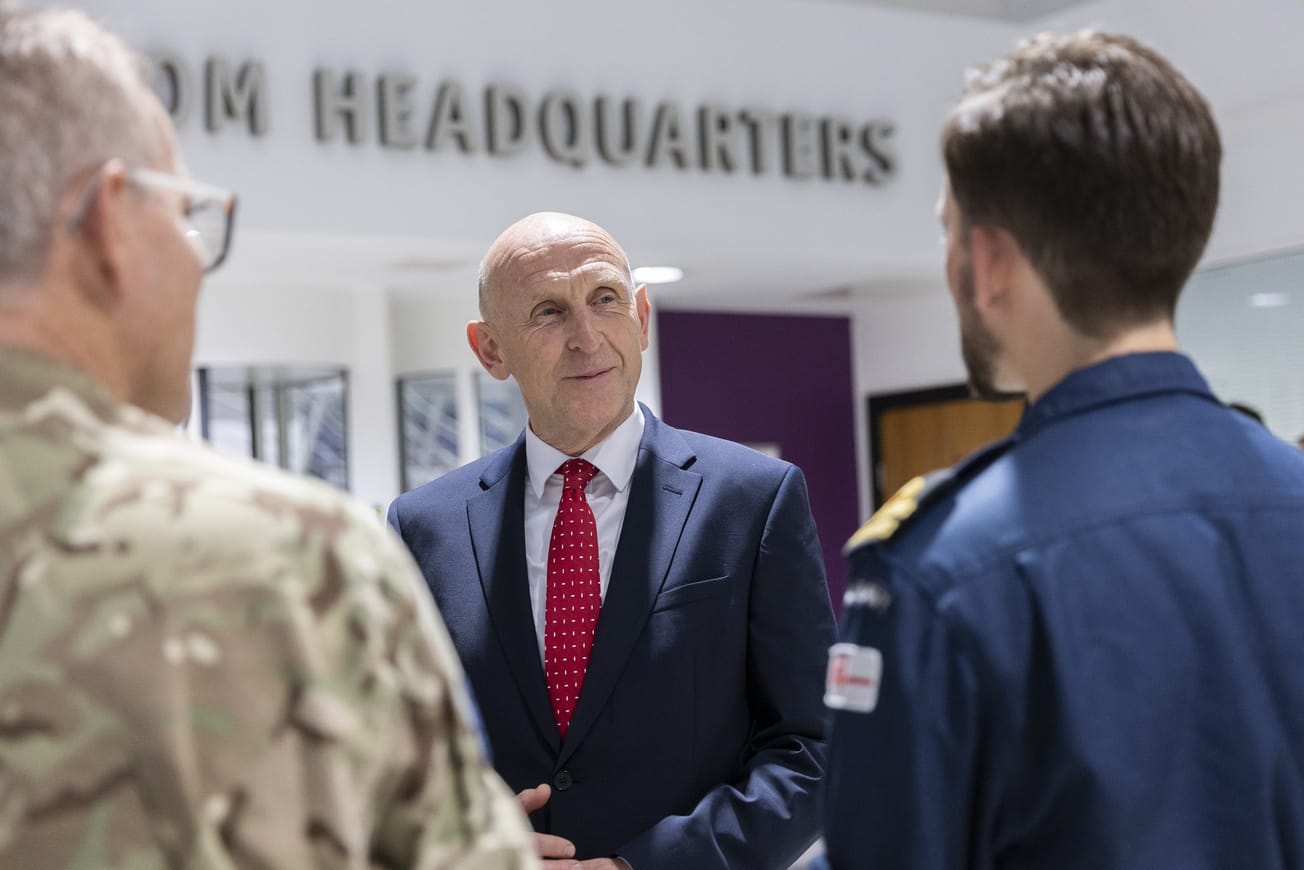Just after NASA’s SpaceX Space Dragon Endeavour Demo-2 crew, astronauts Bob Behnken and Douglas Hurley, had returned splashed down in the Gulf of Mexico Aug. 2, the two astronauts flew to Houston for a press conference at Ellington Field, near NASA headquarters at Johnson Space Center.
NASA Administrator Jim Bridenstine began, “I want to say a few words about what champions these astronauts are. They knew it was going to be a test flight, and they also knew that they were also going to be responsible for conducting a lot of operations on the International Space Station for what would be a period of months, to include what would be four international space walks, spending that extended period of time on the ISS, and then, amazingly, coming off the jet, weightless for 63 days, and then, right now, sitting down and doing a public event. That’s not normally done. It’s very difficult: Astronauts do not usually appear at press conferences, but they did, because they wanted to take this opportunity to connect with the American people, because they knew how important it would be for our country to have access to space again from our own soil.”
What the Administrator wanted to stress was “momentum.”
”What we saw will just be the beginning of a lot more activity in space. Right now, when we talk about commercial crew, we’re going to go, from the Dragon, go from development into operations.... But it goes beyond that. We need to get Orion flying, and we need to get Starship flying. So there’s a lot to do in front of it. But here’s what we know: When members of Congress come together in a bipartisan way, and they fund NASA, amazing things can happen. Right now, we have before the House and Senate the biggest budget request in nominal dollars we’ve ever had. We’re heading in the right direction, and if we get the budget request we’ve asked for, next year we’re going to go up an order of magnitude, and that is necessary. Because today we’re flying into low Earth orbit, and in a few short years we want to be flying to the Moon. And not just once or twice. We want to go sustainably — with a purpose. We are going to learn how to live and work on the Moon for a long period of time. We’ll use the resources of the Moon to live and work, and take all of that knowledge onto Mars. That’s what we are able to accomplish, because of the bipartisan support we have in the Congress, for the budget we have right now.
“What I am asking of our members of Congress, look at what we’ve done with what we have. And if you fund us at our budget request level we have, we will, within 11 years, we will go to the Moon, Mars, with our commercial partners, and our international projects.” And again: “The next step is we’re going on to the Moon, and then on to Mars.”
Referring to a “challenge” one year ago when both SpaceX and Boeing were falling behind schedule in launching astronauts to the ISS, Bridenstine recalled, “There was a time when I tweeted to Elon, `It’s time to deliver.’ You responded absolutely magnificently. You delivered beyond anything anyone could have expected. Thank you!”
A very emotional SpaceX CEO Elon Musk came to the microphone and said, “This heralds, fundamentally, a new era in space flight; new era space exploration: Go to the Moon, have a base on the Moon, send people to Mars, and make life interplanetary. Put a base on the Moon; we can go for Mars. It’s the result of a lot of hard work by NASA, and SpaceX.…This has taken 18 years to fly people to space and back. I’m not very religious, but I prayed for this one.… So the whole world can take some pleasure in looking at it as an achievement of humanity; and make human life, interplanetary life. These are difficult times when you know there’s not much good news, and I think this is one of those things that is universally good.”




